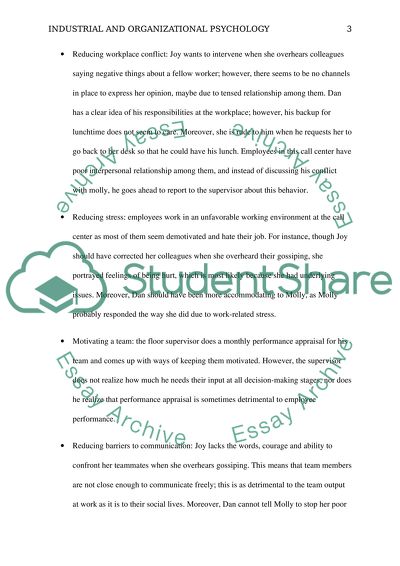Cite this document
(“Industrial and Organizational Psychology Research Paper”, n.d.)
Retrieved from https://studentshare.org/psychology/1446702-industrial-organizational-psychology
Retrieved from https://studentshare.org/psychology/1446702-industrial-organizational-psychology
(Industrial and Organizational Psychology Research Paper)
https://studentshare.org/psychology/1446702-industrial-organizational-psychology.
https://studentshare.org/psychology/1446702-industrial-organizational-psychology.
“Industrial and Organizational Psychology Research Paper”, n.d. https://studentshare.org/psychology/1446702-industrial-organizational-psychology.


